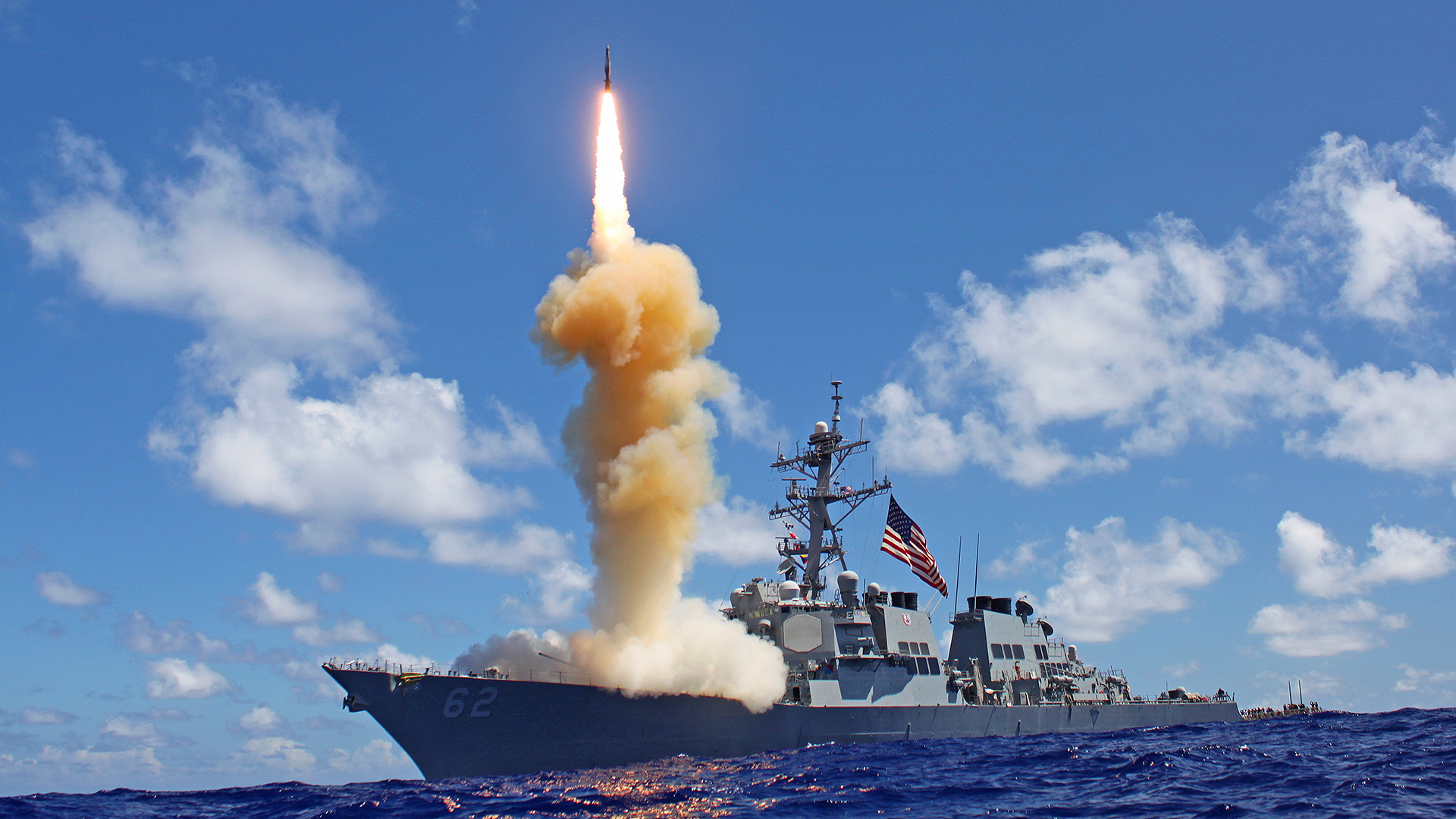The U.S. Navy concluded its latest Valiant Shield exercise last week by sinking the decommissioned frigate USS Vandegrift (FFG-48) using a Standard Missile 6, or SM-6, in a demonstration of what the service term “coordinated multi-domain, multi-axis, long-range maritime strikes.” The sinking exercise (SINKEX) not only served as the finale for the two-week series of maneuvers but also shed light on the SM-6’s still-evolving offensive anti-surface warfare capability, which it adds to an already impressive roster of applications.
As well as its core ability to shoot down air-breathing threats like aircraft and cruise missiles, the SM-6 can be used to swat incoming ballistic missiles in the terminal phases of flight, target certain hypersonic weapons in some instances, and even has a serious land-attack capability.
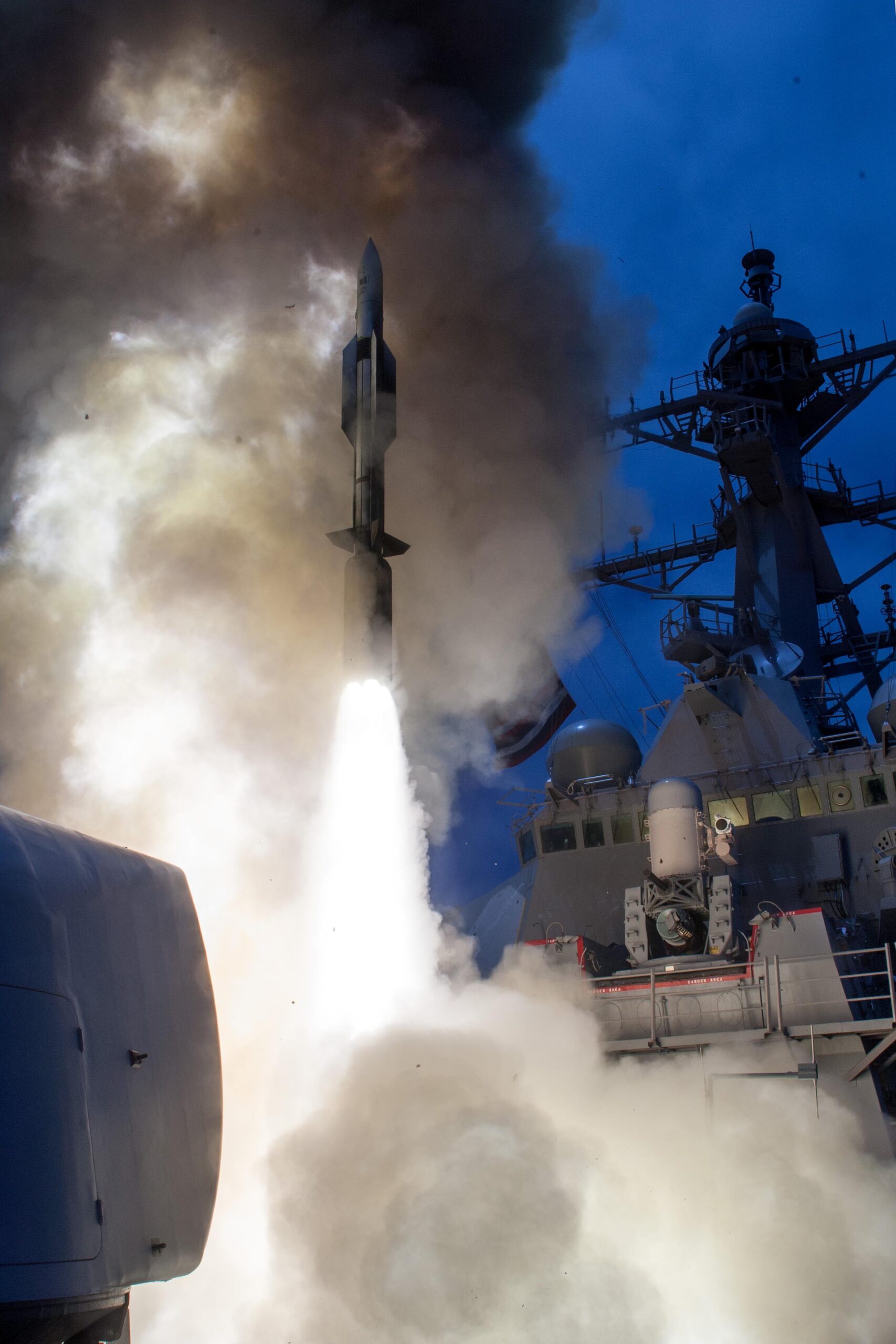
In the demonstration of the SM-6’s anti-ship role on June 17, an example of the missile was launched from the Arleigh Burke class destroyer USS Benfold (DDG-65) and targeted the decommissioned Oliver Hazard Perry class frigate USS Vandegrift.
It wasn’t only an SM-6 that slammed into the Vandegrift. The service describes “a sequence of live-fire events, demonstrating the joint forces’ capability to deliver fires and effects in the maritime environment.” The same statement also asserts that “new weapons were tested, along with communications technologies, to integrate cyber effects to conduct long-range, precise, lethal, and overwhelming multi-domain strikes against a surface target at sea.”
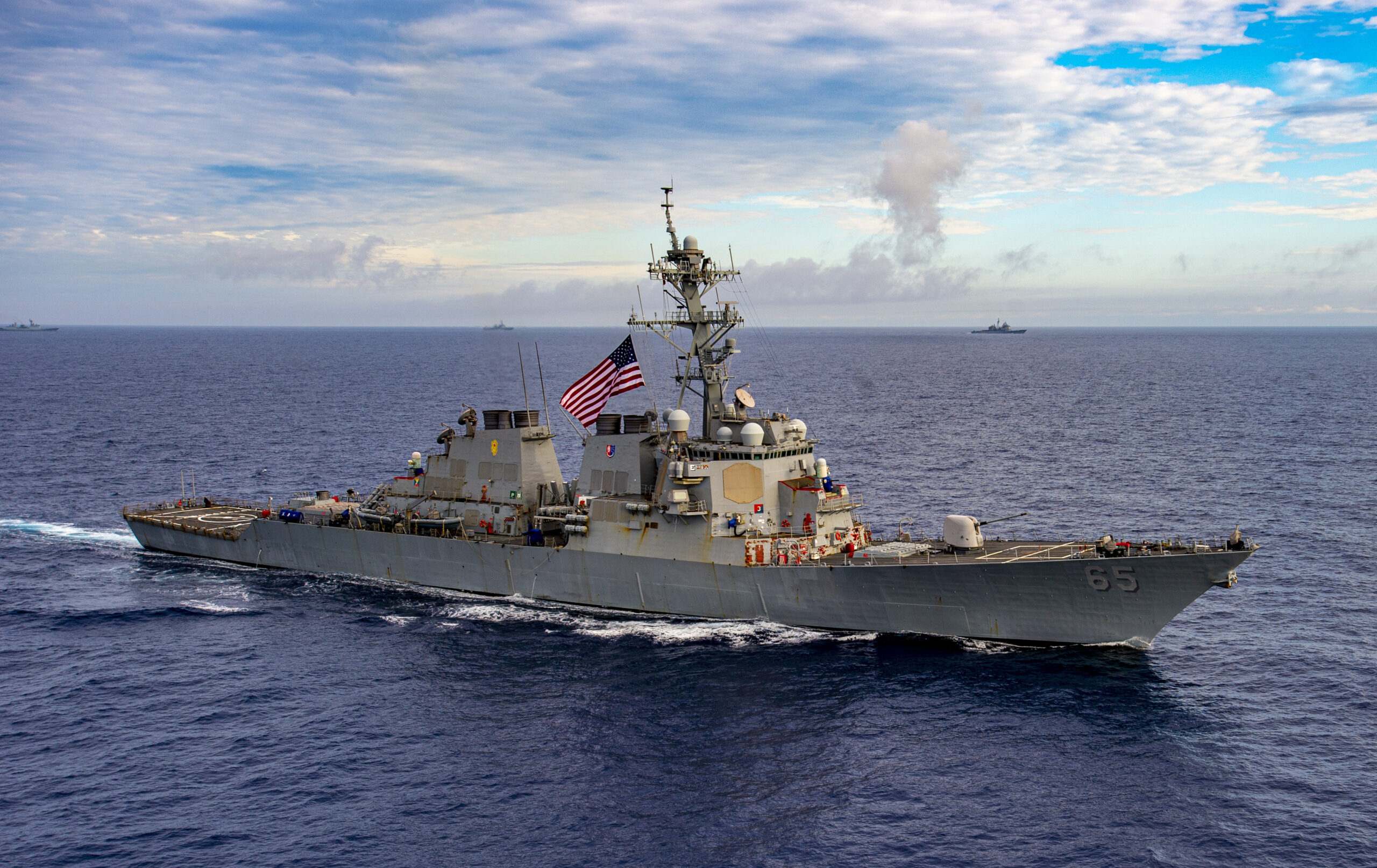
According to the U.S. Air Force, the SM-6 from the Benfold “was a significant impact in the sinking of the Vandegrift,” but other SINEX participants included fixed-wing aircraft and helicopters from the aircraft carrier USS Ronald Reagan (CVN-76), the Los Angeles class attack submarine USS Key West (SSN-722), along with B-1B Lancers from the 28th Bomb Wing, and U.S. Marine Corps F/A-18s and F-35B fighter jets.
While the USS Key West almost certainly launched a Mk 48 heavyweight torpedo or a sub-launched Harpoon, the Marine Corps F/A-18s were seen carrying air-launched Harpoons. As for the B-1s, these may have employed the AGM-158C Long-Range Anti-Ship Missile (LRASM) or other precision ordnance. Plans call for the F-35B to receive LRASM, too, but in the meantime likely used Joint Direct Attack Munitions (JDAM), a weapon that is increasingly taking on a maritime role.
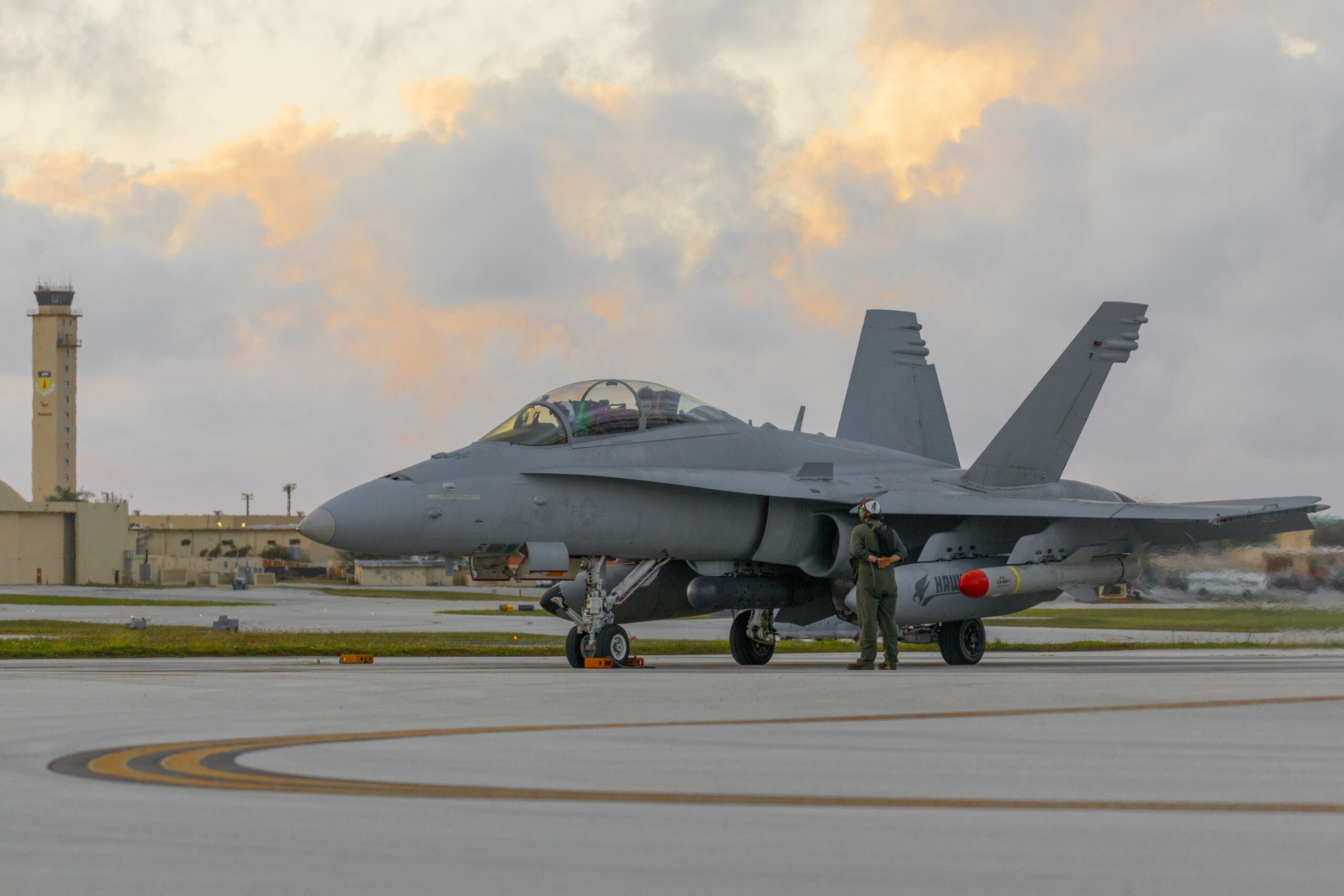
The SM-6 part of the strikes, at least, was coordinated by crews from Destroyer Squadron 15, or DESRON 15, who led the engagement from a combat information center aboard the USS Ronald Reagan.
The 2022 edition of the biennial Valiant Shield exercise had been centered around the Ronald Reagan Carrier Strike Group in the Philippine Sea. These drills are focused on joint training, including different assets collaborating to detect, locate, track, and engage various targets in a blue-water maritime domain. As well as the forward-deployed USS Ronald Reagan, the maneuvers also involved another carrier, USS Abraham Lincoln (CVN-72), plus the assault ship USS Tripoli (LHA-7), aircraft belonging to the respective carriers, along with their escort destroyers and cruisers.
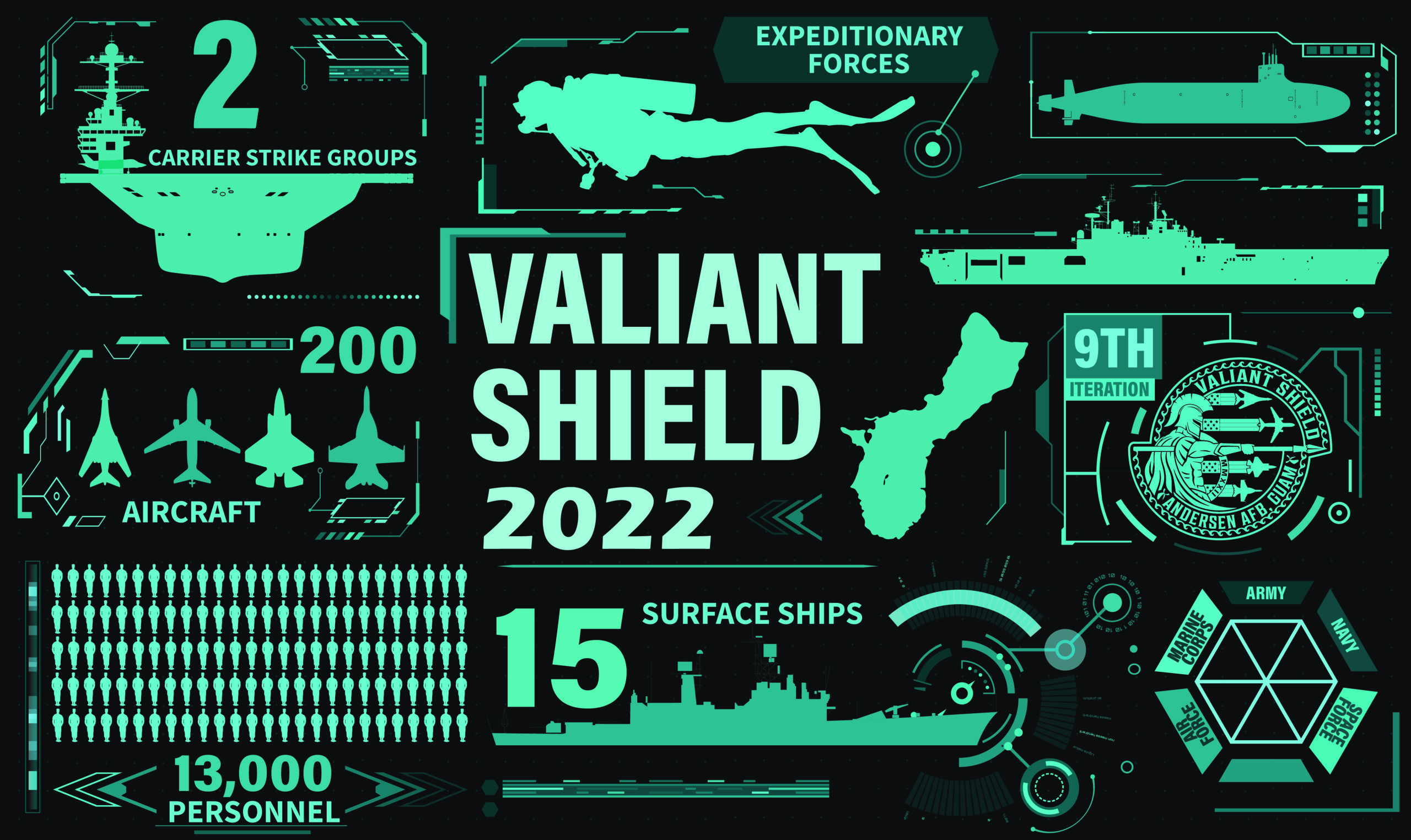

Employing the SM-6 in an anti-surface warfare role is a relatively new development for the Navy, but potentially a very important one, with the importance of anti-ship missiles once again in the ascendancy.
Anti-surface warfare capabilities, as well as new air warfare and ballistic missile terminal defense functions, have been added to the SM-6 via software upgrades. Indeed, the SM-6 was first tested in an anti-ship capacity against another decommissioned frigate, when the destroyer USS John Paul Jones hit the USS Reuben James at the Pacific Missile Range Facility, off Hawaii, in 2016.
Another significant test came in April last year when an SM-6 launched from the Arleigh Burke class destroyer USS John Finn hit a mock surface target as part of a complex teaming of manned and unmanned assets. This live-fire event was, in turn, part of a much bigger drone-focused experiment that also examined swarming capabilities, small drone boats, submarine-launched unmanned underwater vehicles, and manned/unmanned anti-submarine operations teaming.
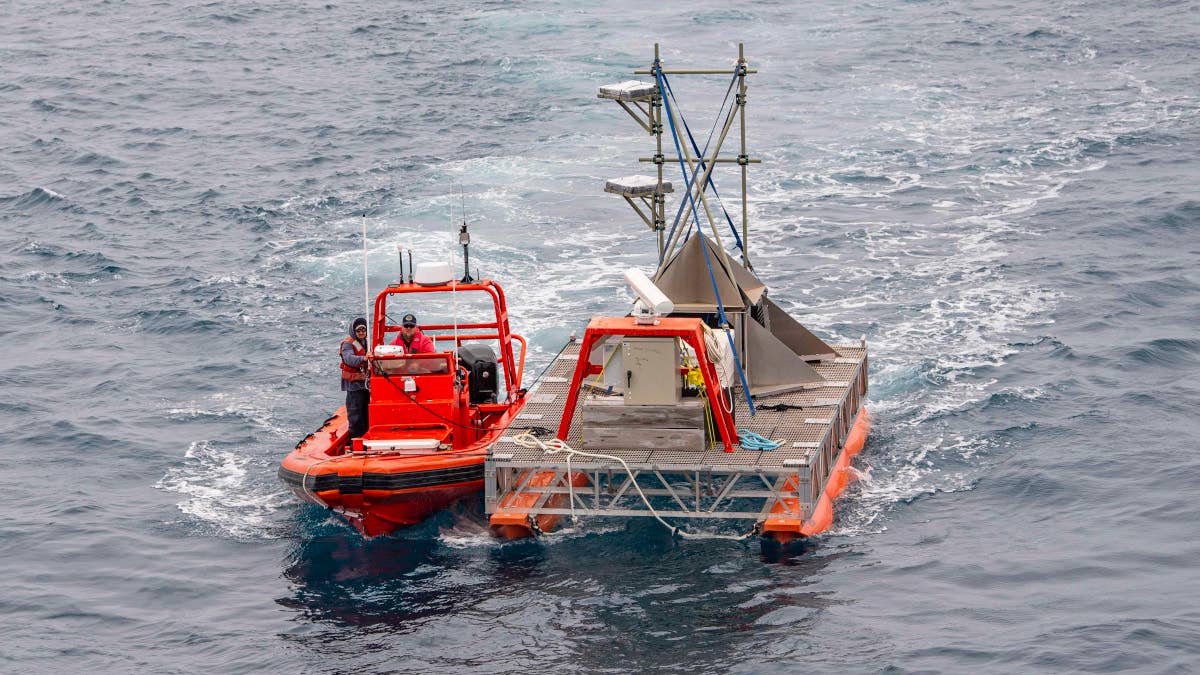
Being able to call upon the SM-6 as an anti-ship weapon means the Navy has a missile that offers significantly greater range than the Harpoon that’s been traditionally used in the same role. While the Harpoon Block II can hit targets at a range of around 75 miles, the SM-6 offers more than double the range. Although SM-6 doesn’t carry a warhead optimized for surface attack, the high speed of the weapon — in excess of Mach 3 — should enhance its lethality considerably, especially since it is coupled with a blast-fragmentation warhead. Its guidance system — an active radar seeker with a datalink for midcourse guidance updates combined with a GPS/inertial navigation system — is also ideal for a moving target like a warship.
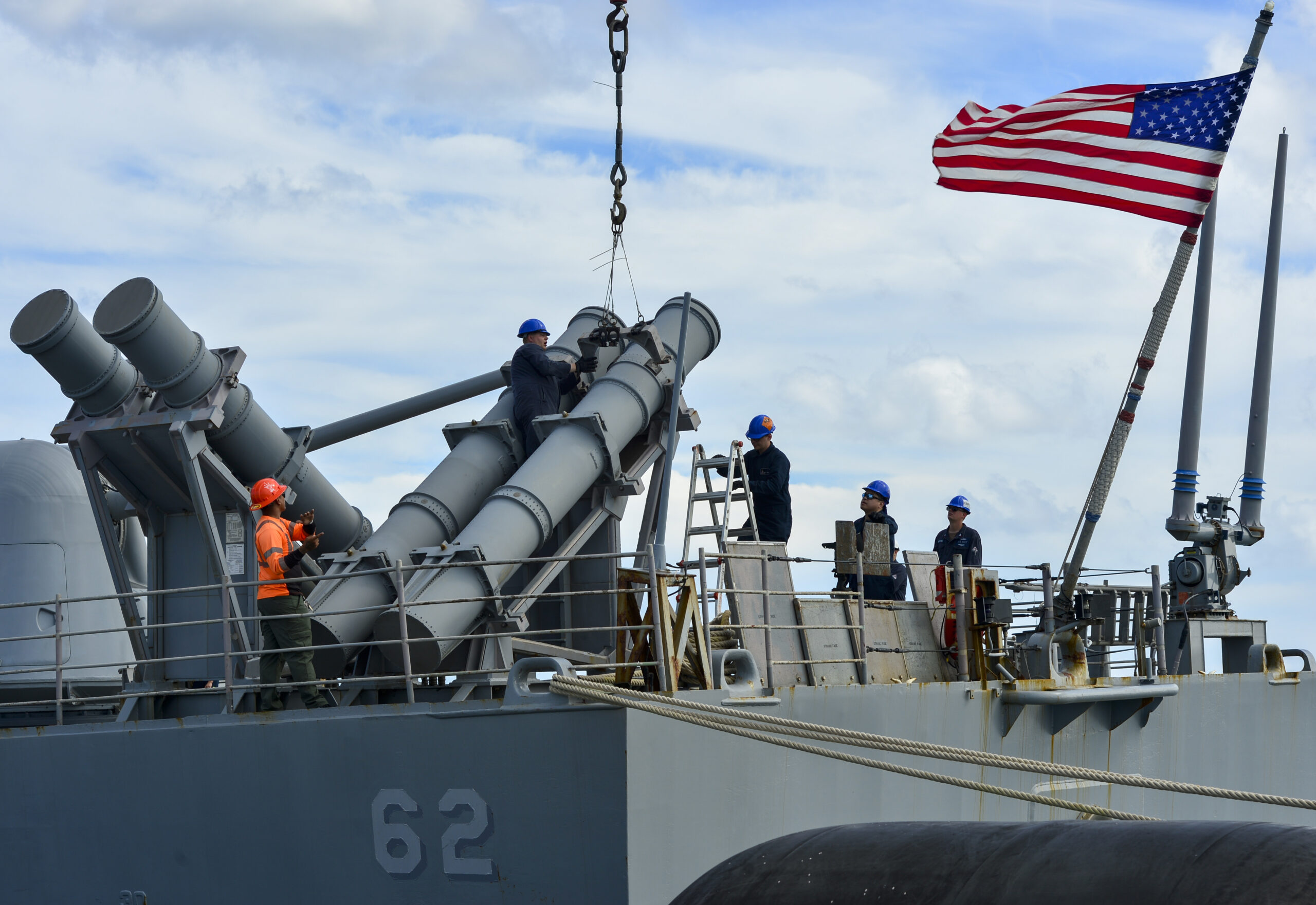

Ultimately, however, the SM-6 will be just one part of a multi-layered anti-ship missile capability that the Pentagon is increasingly investing in. As well as subsonic cruise missiles like Harpoon, the Naval Strike Missile and the AGM-158C Long-Range Anti-Ship Missile (LRASM), the Navy is also embarking on an air-launched air-breathing hypersonic anti-ship cruise missile intended for service before 2028. Another cruise missile with a latent anti-ship capability, the Tomahawk, is also making a return in this form, with the U.S. Marine Corps set to be the first recipient. The U.S. Army, for its part, is looking at fielding a combination of Tomahawk and ground-launched SM-6 missiles as part of its Mid-Range Capability battery. The choice of missiles should ensure this trailer-mounted system is equally capable of engaging surface vessels as well as targets on land. Beyond these, there are likely other anti-surface warfare missiles in the works, too, in the classified domain.
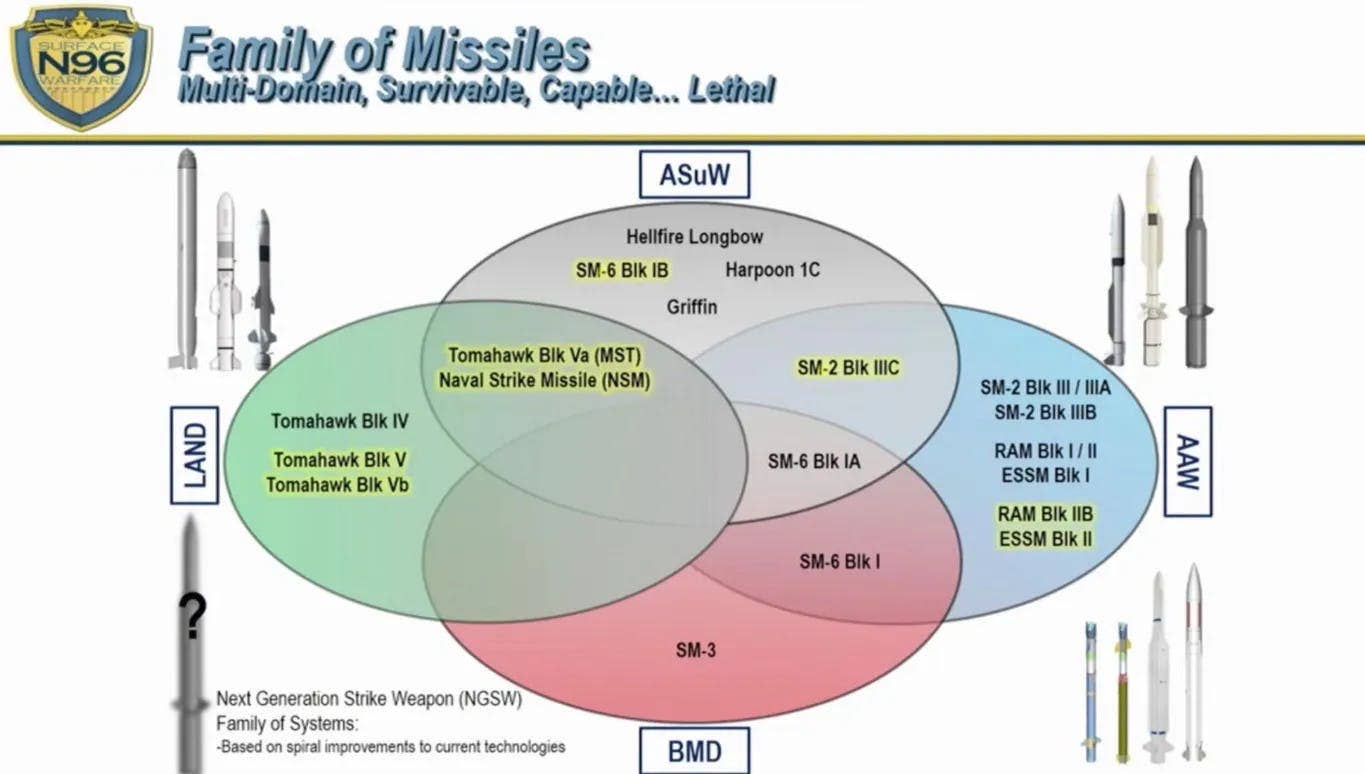
The SM-6 itself is also still undergoing evolution and is now set to emerge with a new airframe of larger dimensions, tailored to take advantage of the full diameter of the individual cells in the Mk 41 vertical launch systems. This will include a 21-inch-diameter motor that promises to considerably increase range and speed. You can read more about this SM-6 Block IB initiative here, suffice to say, while it will likely be a multi-role missile, the Navy seems to have already earmarked it for anti-surface warfare.
Clearly, these and related initiatives are being driven by the rapid pace of development in maritime threat nations such as China and Russia. Not only are these introducing new surface combatants — in the case of China, at least, at a prodigious rate — but they are also increasingly working on anti-ship missiles of their own, including hypersonic and very long-range ballistic missiles.
And to ensure that the SM-6 performs even in challenging environments, the U.S. Navy is working on its Naval Integrated Fire Control-Counter Air concept, or NIFC-CA. This architecture, often dubbed a ‘kill web,’ is designed to bring together the complementary attributes of platforms such as the F-35 stealth fighter, E-2D Advanced Hawkeye radar plane, Aegis-equipped warships, and the SM-6. With data shared across warships and aircraft, the idea is that the resulting network of sensors and shooters should be better able to defend the carrier strike group — or other key objectives, for that matter.
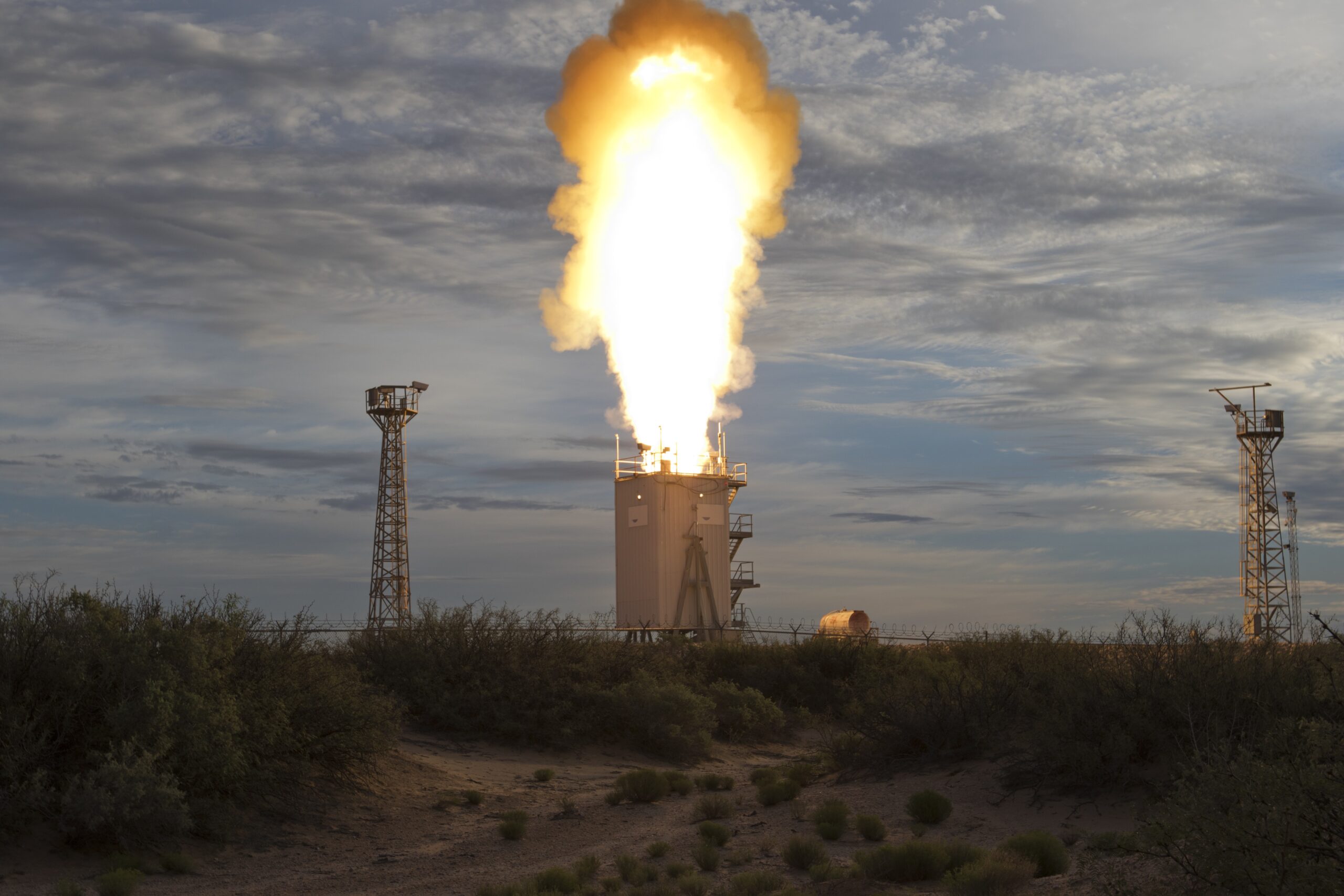
This kind of capability is of particular interest in the Asia Pacific region, where China’s burgeoning strategic ambitions include claims not only over Taiwan but also over huge areas of the South China Sea and other disputed maritime areas. At the same time, there are growing concerns about the vulnerability of established U.S. military facilities in the region, especially to missile strikes in the opening phases of a potential conflict with China. Chinese surface warships launching missiles would be one potential target for the SM-6, and the very same missiles would also be employed for tackling those same missiles once launched. The inherent multi-role utility of the missile is another key advantage the SM-6 offers the warships that carry it in vertical launch system cells: For the same number of potential total engagements per vessel, each of its missiles can potentially engage a wide array of targets.
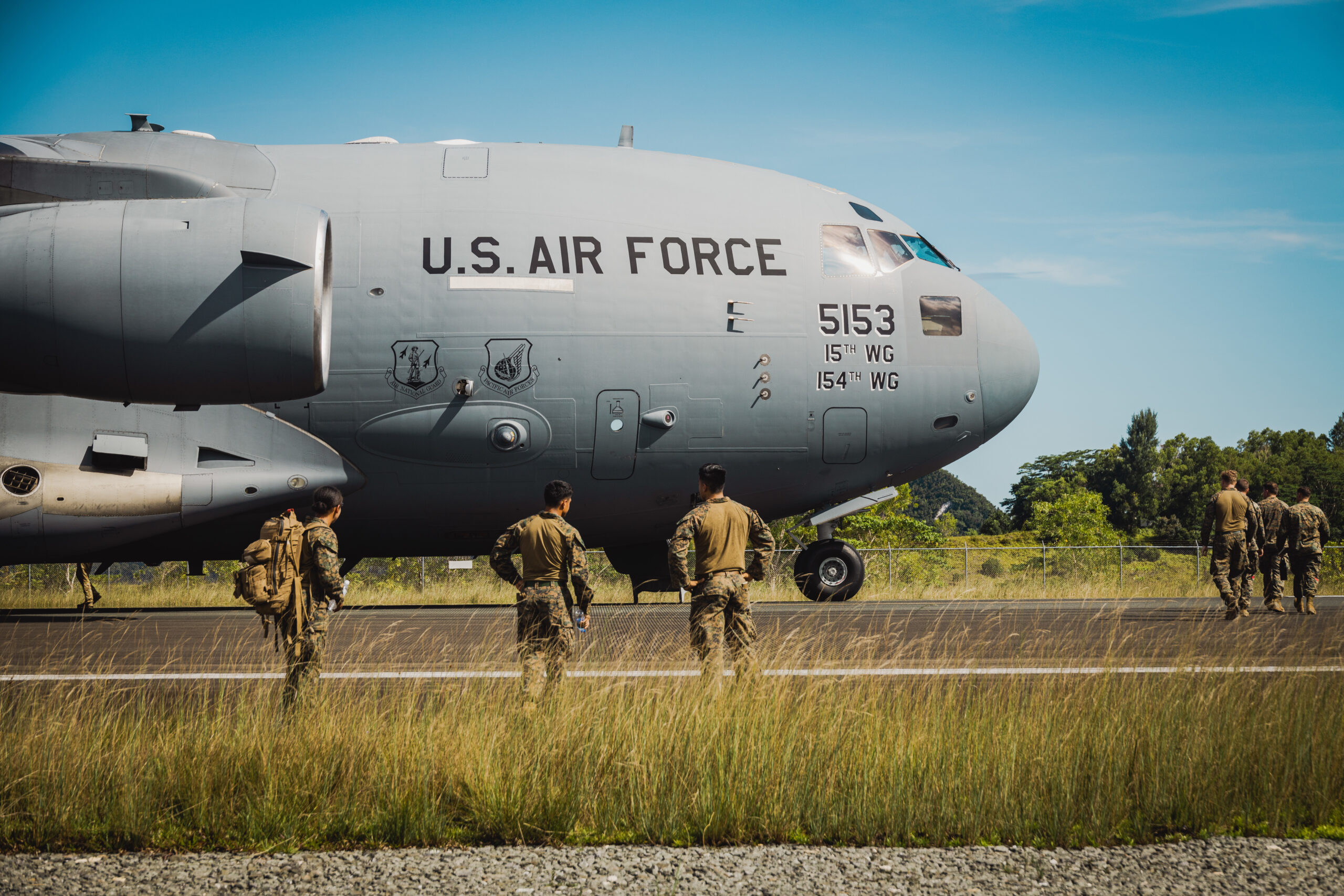
The latest Valiant Shield served not only to prove concepts of operations in this theater but also to send a signal about the U.S. military’s footprint in the region, and its readiness. In particular, the maneuvers focused on training around the strategic outpost at Tinian, as well as Guam and Saipan, stressing the military significance of this particular region as a whole for a whole range of contingency scenarios.
“Forward presence matters,” explained U.S. Navy Cmdr. Logan Ridley, lead planner for the exercise. “Conducting Valiant Shield in the Western Pacific provided precise opportunities to exercise the Joint Task Force’s real-world tactical mission, execute long-range fires, and visualize those successes.”
As for the SM-6, its latest demonstration as a ship-killing weapon, and furthermore as part of an integrated long-range, joint forces enterprise, emphasizes not just how versatile this missile is, but also the central role likely to be played by anti-ship weapons more generally in potential future contingencies in the Asia Pacific region.
Contact the author: thomas@thedrive.com
